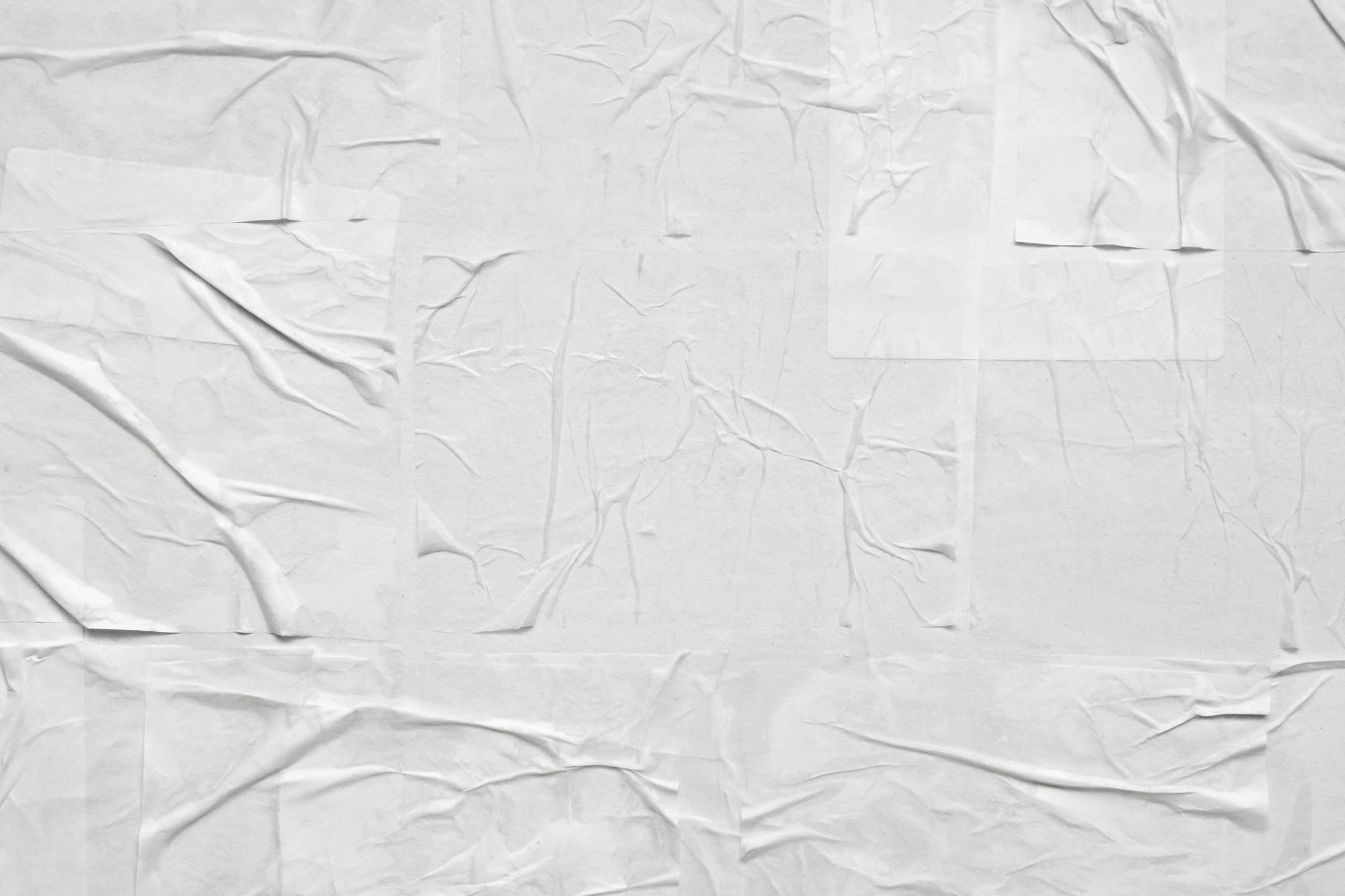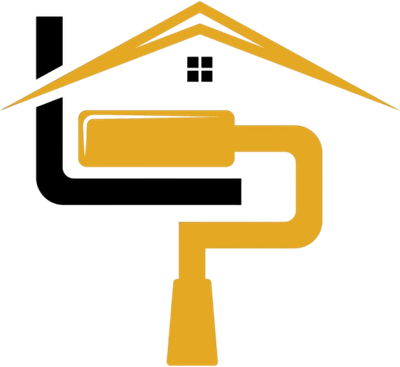A Comprehensive Guide to Fixing and Painting Damaged Surfaces

Key Features
- Step-by-Step Guidance: Clear, actionable instructions for repairing all types of drywall damage.
- Essential Tools and Techniques: Comprehensive list of materials and expert tips for professional results.
- Durable Results: Emphasis on prep work, priming, and painting to ensure long-lasting finishes.
Painting Damaged Surfaces
Damaged drywall can ruin the look of a perfectly painted room, but the good news is that you can easily fix most drywall issues with the right tools, techniques, and a little patience. Whether you're dealing with dents, holes, or cracks, proper drywall repair ensures your walls are smooth and ready for painting. At Lightmen Painting, we believe anyone can master drywall repair with the right guidance, so we’ve created this comprehensive guide to help you tackle repairs like a pro.
Why is Drywall Repair Essential Before Painting?
Achieves a Professional Finish
Painting over damaged drywall accentuates imperfections. Repairing the surface first ensures a smooth and flawless finish.
Enhances Paint Durability
Properly repaired drywall prevents future cracking or peeling, extending the life of your paint job.
Saves Time and Money
Taking care of repairs now saves you from redoing the paint later when the damage worsens.
Things to Know
- Preparation is key: Always clean and smooth the damaged area before applying compound.
- Primer is essential: It ensures even paint application and prevents color inconsistencies.
- Patience pays off: Allow adequate drying time for compound and primer to avoid rework.
- Use the right tools: Invest in quality materials for better and easier repairs.
- Sand lightly: Avoid over-sanding, which can damage surrounding areas.
Common Types of Drywall Damage
Small Dents and Dings
These occur from everyday activities like moving furniture or accidentally bumping walls.
Nail Pops
Nail heads can push through the drywall due to settling or temperature changes.
Holes
Ranging from small holes caused by screws to larger ones from doorknobs or accidents.
Cracks
Often caused by foundation shifts or temperature fluctuations.
Water Damage
Leaks or flooding can cause drywall to weaken or bubble.
How to Repair Drywall Step-by-Step
Step 1: Gather Your Tools and Materials
Here’s what you’ll need:
- Joint compound or spackle.
- Putty knife.
- Sandpaper (120- to 220-grit).
- Drywall tape (for cracks or larger holes).
- Patching kit (for medium to large holes).
- Primer and paint.
Step 2: Clean the Area
Before repairing, remove dust, debris, or loose drywall around the damage.
Step 3: Repair Small Dents and Nail Pops
- Dents: Apply a small amount of spackle with a putty knife, smoothing it out.
- Nail pops: Remove the nail if loose, then fill the hole with spackle.
Step 4: Fix Cracks with Drywall Tape
- Apply joint compound over the crack.
- Place drywall tape over it, pressing it firmly into the compound.
- Smooth another layer of compound over the tape and feather the edges.
Step 5: Patch Medium to Large Holes
- Use a drywall patch kit for holes up to 6 inches.
- For larger holes, cut a drywall piece to fit the hole, secure it with screws, and tape the seams before applying joint compound.
Step 6: Sand the Surface
Once the compound is dry, sand it lightly to ensure the surface is smooth. Be careful not to over-sand.
Step 7: Prime the Area
Always apply primer before painting to ensure the repaired area blends seamlessly with the rest of the wall.
In Our Experience
"We’ve repaired countless walls over the years and know that thorough prep work makes all the difference. Taking the time to repair drywall ensures a flawless finish and enhances the overall durability of your paint job. Trust us, attention to detail in the prep stage always pays off when you see the results."
Painting Over Repaired Drywall
Once your repairs are complete, it’s time to paint:
- Step 1: Clean the wall to remove dust.
- Step 2: Apply a primer to cover the patched areas.
- Step 3: Use high-quality paint for the final coat to ensure even coverage and durability.
People Also Ask
Can I paint directly over drywall repairs?
No, always prime the repaired area first to ensure paint adheres properly and blends seamlessly.
How long does joint compound take to dry before painting?
Most joint compounds dry within 24 hours, but drying times vary based on thickness and humidity.
How do I fix large drywall holes?
Use a drywall patch kit for medium holes or replace the damaged section with new drywall for larger holes.
Keyword Definitions
- Drywall: A construction material used for interior walls and ceilings.
- Joint Compound: A material used to fill cracks and smooth drywall seams.
- Spackle: A lightweight filler for small dents and holes.
- Drywall Tape: A material used to reinforce repairs and prevent cracks.
- Patching Kit: A pre-packaged kit for repairing medium to large holes.
- Primer: A base coat applied before painting to improve adhesion and coverage.
- Sanding: The process of smoothing a surface with sandpaper or a sanding block.
- Nail Pops: Occurrences where nails push through drywall due to settling.
- Feathering: A technique of spreading compound thinly around edges for a seamless finish.
- Water Damage: Weakening or bubbling of drywall caused by exposure to moisture.
